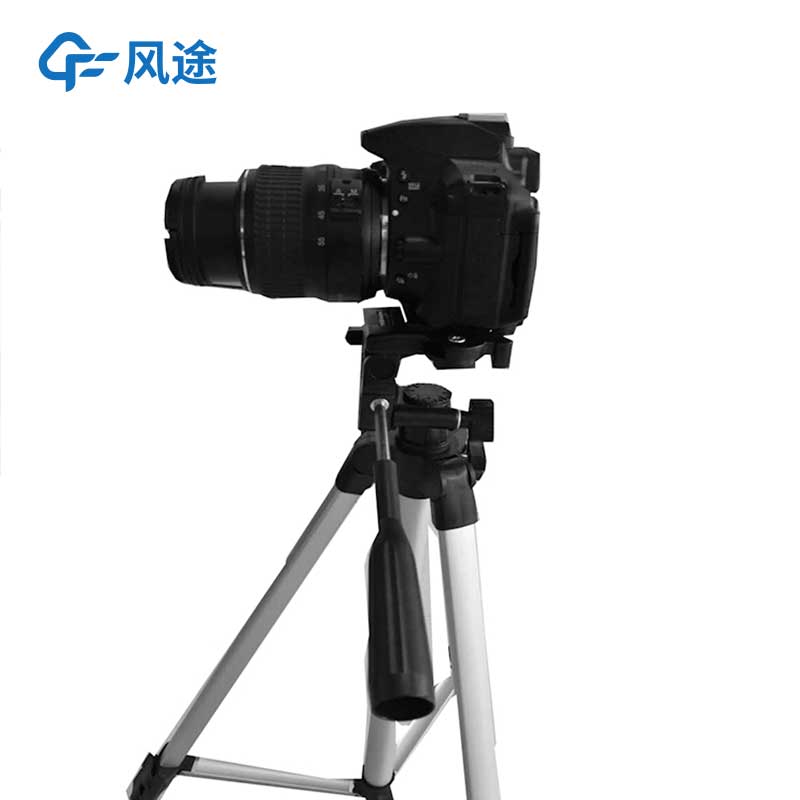Meteorological environment monitoring equipment supplier
Insist on doing high-precision customer favorite technology products
The EL detector (Electroluminescence detector) operates based on the electroluminescence effect. A forward bias voltage is applied to the photovoltaic module. The semiconductor materials inside the module emit light radiation related to the recombination of minority carriers. A high - sensitivity camera captures the luminescent image. Based on the brightness, uniformity, etc. of the image, it can determine whether there are defects inside the module, such as hidden cracks, fragments, poor soldering, and inconsistent performance of cells. On the production line, it can quickly detect the internal defects of cells and modules, reject defective products, and improve product quality and production efficiency. During the operation and maintenance inspection of photovoltaic power plants, it can regularly inspect the installed power plants, discover potential problems of components in advance, provide a basis for component repair and replacement, and ensure the stable operation of the power plant. Its resolution determines the minimum defect size that can be detected. The higher the resolution, the smaller the hidden cracks and other defects that can be detected. The sensitivity is related to the ability to capture weak light signals. The higher the sensitivity, the clearer the display of the internal defect conditions of the module.
The IV tester applies different loads to the photovoltaic cells or modules, measures the current - voltage characteristic curves at different operating points, and obtains key performance parameters such as short - circuit current, open - circuit voltage, maximum power point current, maximum power point voltage, and fill factor to evaluate the power - generation performance and quality of the photovoltaic modules. In the performance evaluation of components, it is used to test and classify components to ensure that the products leaving the factory meet the quality standards. When a photovoltaic power plant is being accepted, through the IV test of each array, it can verify whether the actual performance of the components meets the design requirements and provide data support for the acceptance of the power plant. When the power - generation efficiency of a photovoltaic power plant decreases, through the IV test, it can be determined whether the problem is due to the performance of the components themselves or external factors such as light and temperature, helping to quickly locate the cause of the failure. Its measurement accuracy determines the accuracy of the measured current, voltage, and other parameters. The higher the accuracy, the more reliable the test results. The scanning speed affects the test efficiency. The faster the scanning speed, the shorter the time required to complete the IV curve measurement of the components. In the inspection of large - scale photovoltaic power plants, it can greatly improve work efficiency.
